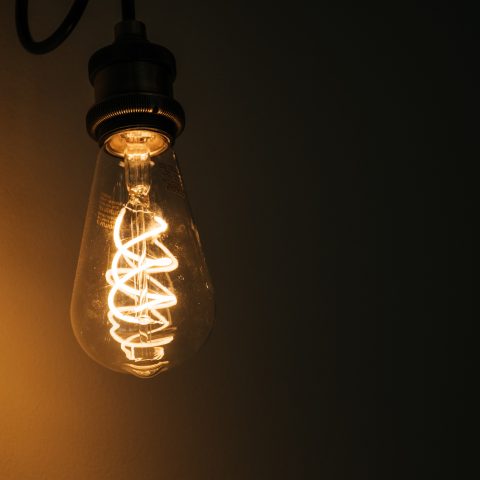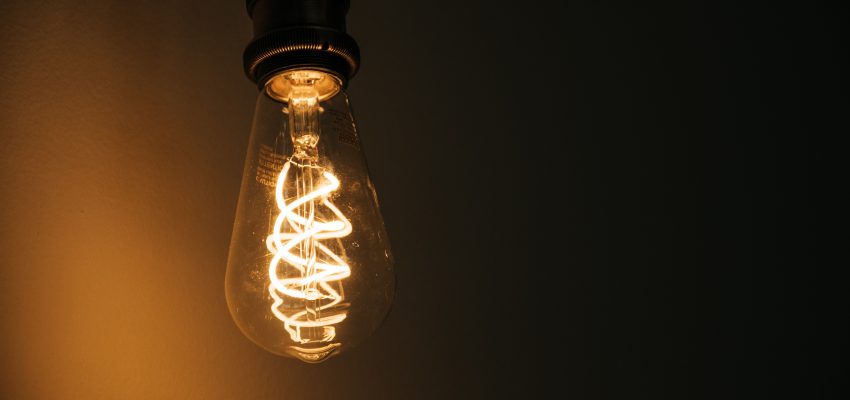Electrical engineering is a complex field that makes life easier for us all. In this post, we will first overview seven of those electrical engineering wonders that accelerated the advances of mankind.
Then, we get into the weeds on what the National Electrical Code (NEC) says about grounding electric welders and using PVC conduit.
7 Electrical Engineering Marvels
Electrical engineers, without your brand of engineering, our daily lives would likely be unrecognizably different. Interesting Engineering runs through the following seven inventions that make modern life possible:
- Alternative Current (AC). Nikola Tesla conceived of this, the most important electrical discovery of all, in 1888. It is significantly more efficient than direct current (DC) over long distance travel, making electricity accessible to all.
- The Transformer. These have the unique ability to transfer electrical energy from one circuit to another without them contacting each other. Transformers often vary the voltage of an incoming circuit, and these made long distance electrification possible.
- Electric Motor. This is one example of electricity accelerating industry growth. Electric motors convert electrical energy into mechanical energy, augmenting human labor.
- Solar Panels. Though solar panels have gained popularity in recent decades, Edmond Bacquerel discovered the basic concept of the photovoltaic effect in 1839. Solar cell use, cost and effectiveness has improved over time, and the Tengger Desert Solar Plant, the world’s largest solar plant, can put out 1547 MW at optimum conditions.
- Hydroelectric Generator. As one of the most common methods of generating electricity, hydroelectric power plants create no waste and use a renewable resource. The first hydroelectric turner was used to light a lamp in England in 1878, and the first commercial generator began operation in 1882 in Wisconsin.
- The Three Gorges Dam. Though hydroelectric power generation is the working principle of this dam, it is at a scale and level of engineering that sets it apart. The dam in China completed construction in July 2012, and had recovered the full cost by the end of 2013. It spans 2,335 meters and is capable of producing 22,500 MW of energy.
The Electric Bulb. Invented by Edison and his team of engineers (commercialized in 2880), the light bulb enabled us to do more at night and accelerated the course of human history.
Read more on these defining electrical engineering achievements in the full article from Interesting Engineer.
NEC Rules for Grounding Electric Welders
In a quick overview of Article 630, EC&M explains the requirements you need to know for arc welders and resistance welders. For both, a return path for the current is needed, but the requirements vary.
Resistance Welders: Flows current through two materials to weld them, and the heat for the weld is a function of the welded materials’ resistances. Squeezing the two parts between weld tips creates an arrangement for a return path.
Arc welders: Create a weld when an electric current arcs between an electrode and the material being welded on. The electrode (or welding rod) is being melted to create the weld.
Connecting the “ground” lead to “ground” creates the return path. Though many will connect the “ground” lead to building steel that causes the current to return through hundreds of connections of varying impedance. Rather, provide a return conductor from the welder to the same disconnecting device’s power source.
See the full overview by EC&M to correctly ground electric welders.
PVC Conduit Use with the NEC: Q&A with an NEC Consultant
Mike Holt has been a certified electrician since 1974. Each month he does a Q&A about the National Electrical Code (NEC) and provides clear, concise response. Here’s a roundup of February’s questions and answers.
What uses are permitted for PVC conduit by the NEC?
- Concealed
- Corrosion-susceptible locations, where PVC is approved
- Wet locations
- Dry and damp locations
- Exposed work
- Underground
- Support of conduit bodies
What uses are not permitted for PVC conduit by the NEC?
- Hazardous locations, except where explicitly permitted
- Support of luminaires
- Locations subject to physical damage
- Ambient temperatures exceeds 122°F
What are the minimum and maximum trade sizes allowed by the code for PVC conduit?
PVC conduit smaller than trade size ½ and larger than size six is not permitted for use.
What is the maximum number of conductors that can be installed in PVC conduit?
Raceways must be large enough to allow installation and removal of the conductors without damaging the insulation.
What are the rules for field bends made in a run of PVC conduit?
If any damage would be done to the raceway or it would change the internal diameter, bending is not permitted. Also, to reduce the stress and friction on conductor insulation, the total amount of bends (including offsets) between pull points must not exceed 360°.
Electrical Engineers: Your Source for Electrical News and Advice
Stay on top of new trends, advice and information by subscribing to the nVent ERICO blog. Our electrical engineering and product experts regularly publish new information and also curate top resources with posts like this one.



